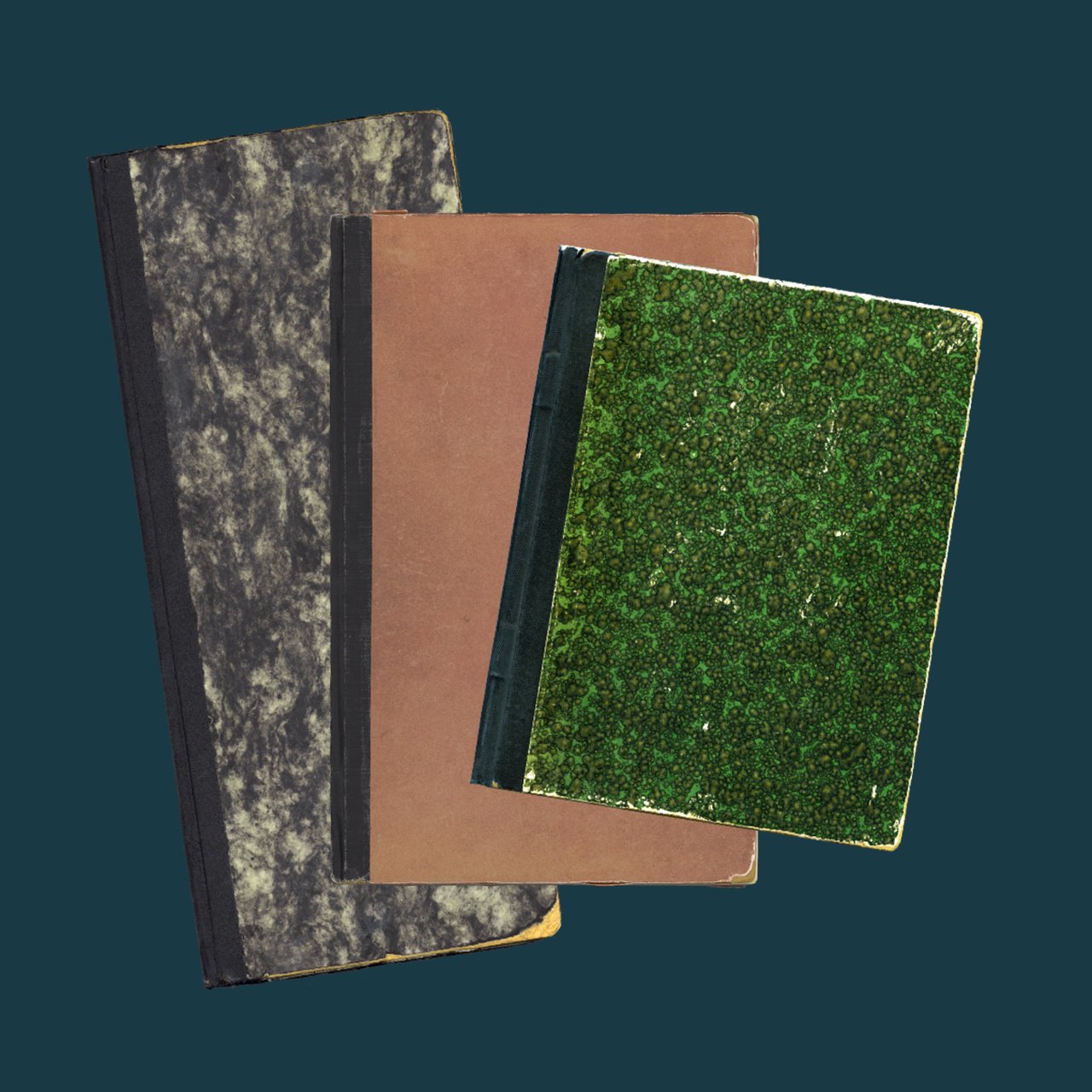The Odd One Out
The odd one out in Anne’s story notebook is The Pool of Decay. It is not really a story, but - as Anne herself puts it - ‘an answer to a review’. Anne feels compelled to respond to a film review in her favourite magazine, Cinema & Theater. Every week, she received a copy from helper Victor Kugler. In the review, the author complained about the nude scenes in the sculptor’s studio. Anne found this exaggerated and advocated for a more relaxed approach to nudity: ‘a little freer, a little more ordinary, then everything would be much more casual.’ Anne as a ‘flower child’ avant la lettre.
The Fairy Godmother
In February and March 1944, Anne’s inventions dominated. A flower girl, a guardian angel, a wise gnome, and a little bear took the lead roles in Anne’s fairy tales. The last story Anne wrote was about a fairy godmother. On 12 May 1944, she copied parts of it into her story notebook, but she did not include it in the table of contents. Her diary reveals that Anne had been working on The Fairy Godmother since 6 May 1944. ‘I want to try to finish the story of the fairy godmother, Ellen. Just for fun, I can give that to Father for his birthday, along with the copyrights.’ On Tuesday, 9 May, Anne finished the story. ‘I copied it onto nice letter paper, decorated it with red ink, and stitched it together. The whole thing does look nice, but I’m not sure it’s enough.’ The version that Anne gave to her father as a gift has not survived, but a version on loose sheets of paper and a fragment still exist. Anne’s diary does not mention what her father thought of the story. It is noteworthy that Anne was aware of copyrights and was thinking about authorship.
